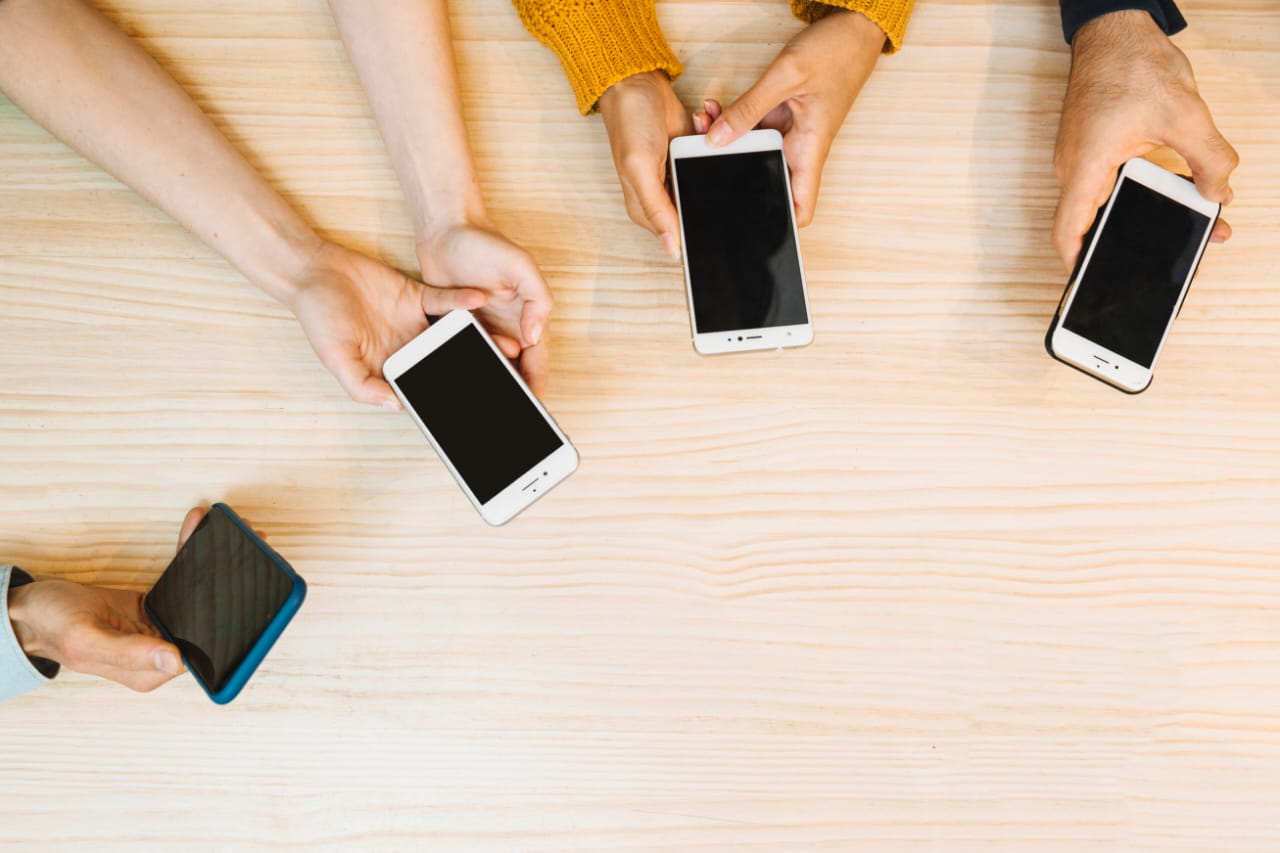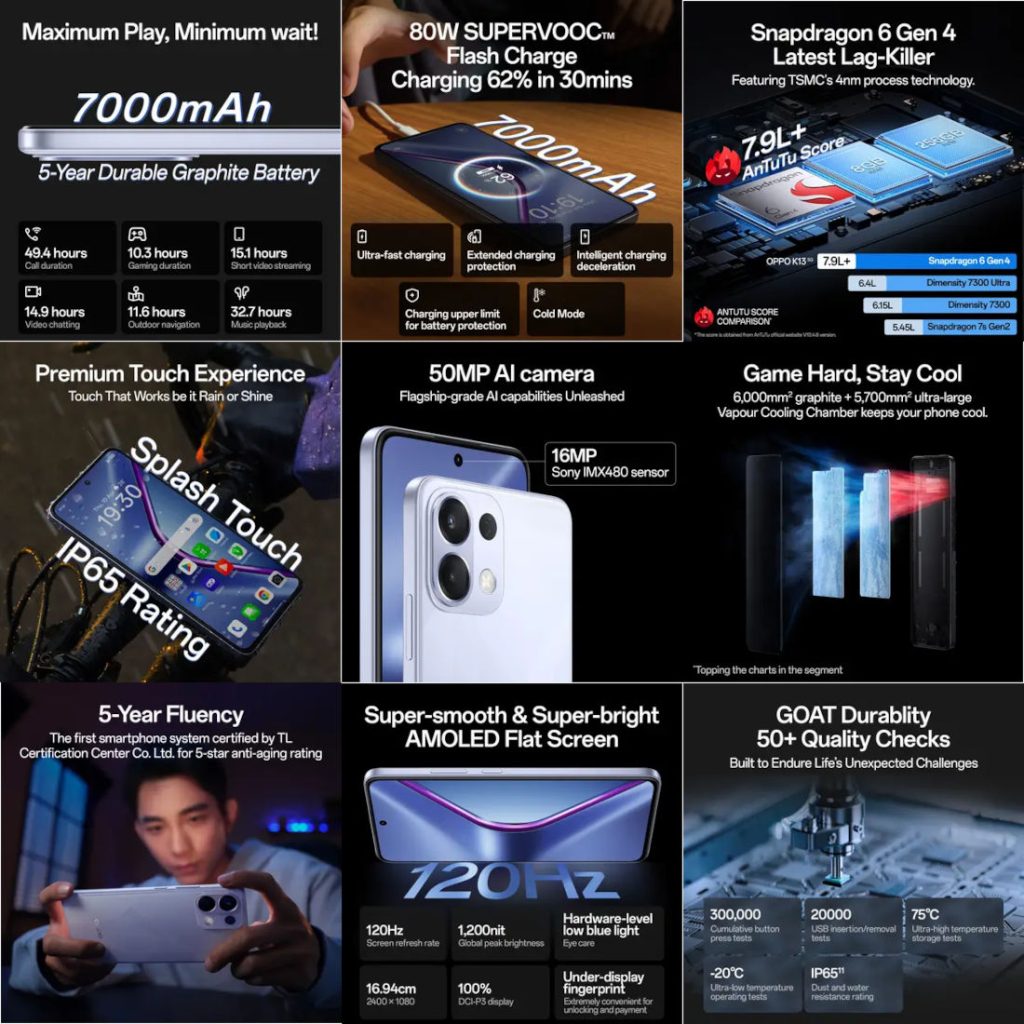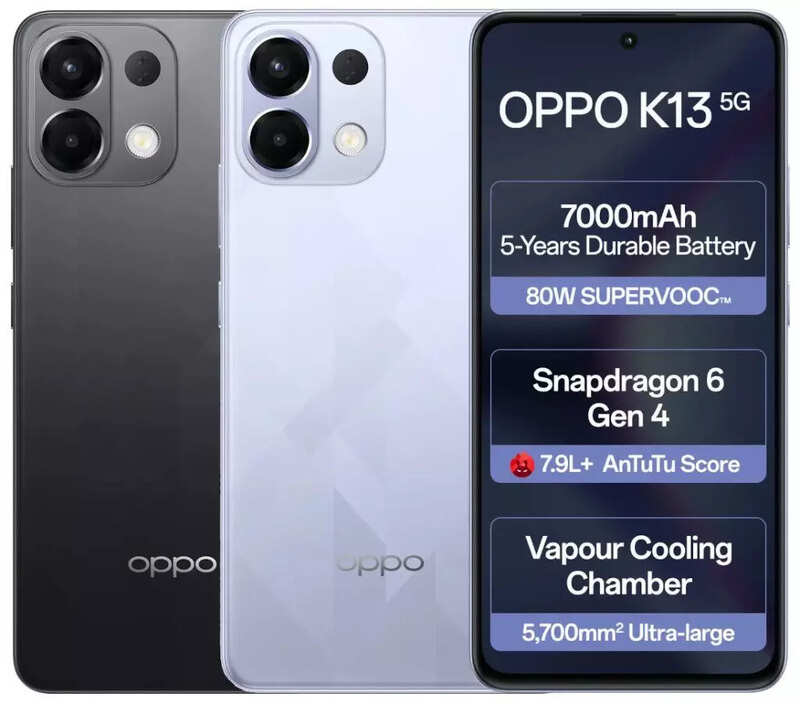There is no doubt that smartphone brands are forced to compete. Competition becomes a lot tougher than what people may have thought it would be, yet brutal surprise reminds the competitors that, after all, there is only so much human can endure. Everyone has to fight hard, making competition as difficult and unpredictable as possible. Thus, only the strongest and most pliable survive.We are talking about a full scale running contest here. This article will mostly mention four most popular sections that brands are using: Price, Design, Operating System and Patents.
1. Price
Recent years have seen something like a sea change in the smartphone industry, particularly in terms of prices and competition. Last year, it was all about the promotions related to devices with increasingly powerful processors, large RAM, and a huge megapixel count from many leading brands of Android smartphones. The fight for the best specs drove prices for leading phone models to dizzying heights, with some hitting, or even exceeding, the $750 mark. The tide is now turning, and the competition is now dwelling on pure price competitiveness rather than purely technical specification-based battles. Their search for the “killer” feature has led manufacturers to compete over affordable devices.
First, one of the first to realize that the price is the factor through which they can succeed is Indian smartphone brands such as Micromax and Karbonn, mainly because of a price-sensitive market like India. The report by IDC or International Data Corporation that was recently done indicated that almost two-thirds of the Indian smartphone market is below $150. Such a price-sensitive segment has gotten the international brands to accommodate and compete by offering devices at cheaper costs. Nokia, the Finnish company, brought out its Lumia 520 variant at around $150. It was one of the biggest-selling Windows Phone models.
In the last one year, Motorola has pretty much been one of the best in the domain of budget mobiles, along with its Moto E and Moto G series. Both the models have got pretty solid specs at pretty reasonable prices and are loved by those looking at budget buys. Asus also joined the fray with its ZenFone 4 and ZenFone 5, offering it all at a lower price than those flagships. But the most extreme contender in this price war is Xiaomi, known as the “Apple of China.” The Mi 3 is a smartphone giving specification wise comparable value to flagship devices from Samsung, Sony, and HTC for nearly a third the cost.
Karan Thakkar, senior market analyst at IDC, commented over email to NDTV Gadgets that aggressive pricing by Indian smartphone brands and players have made global players rethink their pricing models. The lower end of the market has really become more competitive. In July 2015, Lenovo, that owns Motorola, announced three new devices; these comprise the Moto G, Moto X, and Moto X Play. The Moto G is the cheapest model available at retail starting at $179 without a contract. The other two variants have not been priced yet by Lenovo, but are expected to remain in the same starting range. Not long after, OnePlus, one of China’s finest smartphone manufacturers, unveiled its latest gadget; the OnePlus 2 has an initial price of $329 without a contract.
Not lost on industry analysts: increased competition. FBR Capital Markets analyst Dan Ives told CNBC that while competition is intensifying at the bottom end of the market, it will be difficult for smaller players to make a dent in the market share of giants like Apple and Samsung. Ives hammered on the dominance of the two major players, but then emphasized the loyal customers for these firms. He says that the situation is “ironclad,” meaning that these companies are in a firmly locked position in the market because of customer loyalty.
On the other hand, Samsung and Apple are not exempt from the heat either. Samsung is just one such company that has been fighting the battle relentlessly in its attempt to not lose ground in the high-end smart phone segment. The company launched its flagship model Galaxy S5 in April last year. Much to the dismay of the analysts, the Smartphone could not generate much hype. In the UK, Galaxy S5 was positioned as the third best seller behind the newly launched Apple iPhones 5S and iPhone 5C, which had come to market the September before. In the U.S, in similar pattern it seemed to have continued again, as per Kantar Worldpanel ComTech report: Galaxy S5 took the second spot in ranking behind the iPhone 5S.
Both companies have fared very badly at the hands of smaller competitors like Huawei, Xiaomi, and Micromax. In China, it is Xiaomi that has stolen the show, offering high-specification phones at mid-range or low-end prices. It has only been in the smartphone business four years and already leads Samsung in the world’s largest smartphone market. Here, it should be noted that the Mi 4 from Xiaomi is available at $322, and features are very comparable with Samsung’s Galaxy S5, which is priced at around $650 off contract. Xiaomi’s strategy of marrying premium features with affordable prices makes it the most attractive competitor around the world in the field of smartphones.
The smartphone industry has been going through a radical change as manufacturers have been making moves from relying on high-end specification to price-orientated competition. As much as it is clear that companies such as Apple and Samsung enjoy the premium market, smaller companies such as Xiaomi, Motorola, and Micromax have their ground biting at these corporations’ cheeks with high-quality specifications at prices way lower than those of the former. And this sector is far from winding down its price wars in the smartphone industry.
2. Design
Smartphone has changed drastically in a very contradictory way. The first stage of the mobile phone era started in 1985 with the Vodafone desktop V1 weighing 4.9 kg. With 4.9 kg, the V1 relied on telephone line that has made Vodafone V1 be only put in place and cannot bear to go. The users needed a more mobile and smaller device. The Motorola 8000X came out, one year later; yet, it is still not possible to put it into customers’ pockets. Years later, the generation of modern phones emerged. From 1989 to 2010, Nokia – Motorola – BlackBerry’s were the three big markets kept at that time. Until 2007, when Apple just released the first iPhone, this market of all sorts of change step by step, was born a smartphone concept, touch screens replace the old QWERTY keypad and of course, the phone size from began to become bigger again. HTC Desire with a 3.7 inch screen, and then the period phablet with 5.3-inch Galaxy Note in 2011.
Let’s take a quick look at any major smart phone brand, and you’ll find out that they all have the same pattern: The size of the screen is growing, from year to year, from model to model.
Let’s begin with an audit of the most famous line in the Android smart phone world-just look at how the size of Samsung phones is climbing up the first chart below. Not to be left behind, HTC has kept step with the racheting up in the screen size of Samsung, and Nokia have followed industry trends with its Lumia line. Apple once described the 4-inch iPhone screen as a “brilliant display of common sense,” but now appears to be set to follow its competitors, embracing the larger displays that have come to be the new industry standard, a shift in strategy apparently attuned to market demands. Lately, Apple has introduced the IPhone 6 which is 4’7 inch and the IPhone 6 Plus with 5’5 inch.
There are many other reasons, and this is the first be name of it. The marketing play is a campaign by smartphone manufacturers. Apparently, those customers are more interested in new hardware design than those flashy software features. It’s easier to develop a bigger scale and then scale down to where the application supports consumer trends. At the very end, it is a matter of customer satisfaction and, ultimately, it affects the competition.
On smaller screen smartphones, I have to spend half an eternity to search for the scroll button to get to the next page while reading online. Reading email or viewing films are way much better experiences on a big screen. One of the reasons to switch back to larger-screen smartphone has something to do with the application’s functionality. However, the more attention is bestowed upon mobile marketing, the more the integration of technology too is increasing. So what is the way you can blend web, mobile technology, and mobile shopping? The answer is enhance the screen size. The second scenario of this new trend could be the impact created by the iconic brands in that particular field.
There could be more than 1000 phones launched in the market, but only half a dozen hogged the headlines and witnessed sales. With each successful innovation – such as a screen for the iPhone 4 or a camera development in the Lumia – another phone has soon emerged. The same applies to screen size. Or maybe, producers wanted always to create bigger screens, but technology, by the past, did not allow that. Now we are witnessing a new boom in technology. So it may be viable for the producers of smartphones to start manufacturing large screen phones. A smartphone, a few years ago, was considered an amalgamation of three other machines: a music player, mobile web browser, and cellphone. Now it is popular all around the world, with nearly everybody owning one. As it is turning to be a primary device, manufacturers have made it into a multi-functional machine. Customers can do everything with their phones from watching films to buying stuffs from the internet. Evidently, a smartphone is incrementally displacing a laptop. Since a smartphone is no longer a phone in itself but a hybrid of the device, and a bigger screen allows it to play all of these roles at once.
3. Operating System
Many people know a lot about various mobile phones and companies behind those mobiles. However, many people know little or nothing about an operating system, which indeed is very important to know about since only by knowing will customers really understand what is behind the smoothness and colorful touchscreen smartphone.
Symbian OS was a closed source mobile operating system but now in the form of an open source platform. It supports many brands like Samsung, Motorola, Sony Ericson and above all, Nokia. Nokia still owns a huge share in the low-end market of mobile phones and was the most used OS until 2012. It is still ubiquitous in low-end phones but saw an upward downturn curve in demand rate. Overall, Symbian OS is very well designed and extremely easy to use. Symbian OS graph has been moving in the downward curve today due to the popularity of Android and iOS. Some of the phones that are running on the Symbian OS include Nokia C6-01, Nokia 603, Nokia 700, Nokia 808 Pure View, Nokia E6 (ANNA) and Nokia 701 (BELLE).
Blackberry OS. Blackberry OS is the product of RIM (Research in Motion). It was first released in 1999. RIM has developed this operating system for the Blackberry line of smart phones. Blackberry is quite different than other operating systems. The brand is very famous for its style of interface design. Their smart phones have a trackball to move on the menu and a QWERTY keyboard. Like Apple, Blackberry OS is a closed source operating system and not available for any other manufacturer. At present, the newest version of this OS is Blackberry OS 7.1, which was first released in May 2011 and has been incorporated into the Blackberry Bold 9930. It can be said that it is an OS very reliable and immune to nearly all virus. Among the smart phones, some of them work on the Blackberry OS Blackberry Bold, Blackberry Curve, Blackberry Torch, and Blackberry 8520 (Chris 2009). Most of you should know about the Microsoft operating system as it is used in nearly all computers on this planet.
However, it would be quite challenging to use when it is designed to run from a mobile phone. But it still gives lots of attentions and quickly popular. One reason for its success might be that it is operated on some very powerful devices made by Nokia. Nokia Lumia series is completely based on the window, while other companies like Samsung and HTC have also released a number of Windows-based phones, though not much in market place. Some of the latest Windows Phone includes Nokia Lumia 800, Nokia Lumia 900, Samsung Focus and HTC Titan 2. Microsoft is currently working on Windows 10 which will be a unified OS that will run on everything from the PC’s to tablets and phones. It’s not that technology or software is the problem; it’s the problem of winning the hearts and minds of consumers for Microsoft. That’s unfortunate; this is one reason why Windows Phone or Blackberry won’t make any headway into Android and iOS market share anytime soon: most smartphone buyers fall into one of two categories-those who love Android’s huge selection of devices at price points; those who prefer a closed system worked on premium devices like the IPhone and iPad. Google first released Android on September 20, 2008 and this OS quickly became really in demand due to its very beautiful look and having a really enormous number of applications. Google Play is a lawful application market, which includes millions of various kinds of applications for android devices.
Top manufacturers apply Android in their devices are Samsung, HTC and Sony. Presently, Android is one of the leading operating systems and is considered to be one of the biggest competitors for iPhone. However, in terms of the wide spread of price, its market is stronger in low income countries. Coming to IOS operating system, it was released in 29th June 2007 and has seen many revisions and it has reached IOS 8. It is still an exclusive product of Apple and unlike Android, the company focus more on performance rather than appearance. In one word, Apple sells experiences, not hardware. IOS also has App Store which contains millions of applications. One advantage over Android is that it is a closed system so its security is much better and at the moment it is still the best looking phone.
4. Patents
Patents have been invented to protect and safe guard intellectual properties and encourage innovation at the expense of innovative companies. However, these patents have been used to sabotage against competition through litigations. It all started in 2009 when Nokia initiated the “patent wars of smartphones” by taking a case against Apple for using some of its standard essential patents (SEPs) without being paid for. However, in 2011, Apple agreed to pay an unknown amount of money as part of a settlement to be allowed to use Nokia’s patents. Apple had started war against Android in 2010 when it sued Taiwan’s HTC Corp (2498.TW) over 20 patents dealing with user interface and its operating system.
Along with the federal lawsuit, Apple has filed an application with the International Trade Commission, US, targeting the Android software that HTC’s smartphones use for the second time. The International Trade Commission has announced in late 2011 that imports of the company’s two new smartphones, One X and EVO 4G LTE, violating the patent-should be stopped from April. Shipments of the two smartphones to the United States have been delayed. Apple has filed at least two more complaints with the International Trade Commission demanding emergency relief against over 25 HTC devices. While HTC shares have fallen by 72 percent in the last 14 months, the shares of Apple have risen by 65 percent (Whiteman 2014). Motorola Mobility joined the war in October 2010 by suing Apple. The attack was seen as pre-emptive, but within the same month, Apple counter sued. However, the judge Richard Posner at Chicago cancelled the trial set for June and rejected the petition from both companies. Just 2 years later, Motorola was sold to Google.
Samsung Electronics Co Ltd (005930.KS) of South Korea has also landed in the US court in April 2011 when the company Apple accused Samsung that it used Galaxy smartphone and tablet, which uses the Android system, to infringe upon legal patents in Apple. Samsung, in response, filed a countering suit and the two companies are now mired in over 20 cases in 10 countries (Brandon and Jason 2012). In 2013, the technology corporations Microsoft, Apple, BlackBerry, Sony, and Ericsson launched series patent lawsuits against Google and its Android partners.
These companies joined together under the name Rockstar to launch an attack on one of the world’s largest search engines in what is described as a “nuclear attack” in the patent wars smartphone. Initially, it spent 900 million dollars for patents before the start of the bidding war but Rockstar has pushed the price up to 4.5 billion. To handle defeat, Google quickly purchased Motorola for 12.5 billion dollars. Filed in a bid to reach Google as well as the Android brands Samsung, HTC and LG… Among the patents is question are those covering an assortment of technology: from technical protocols relating to 4G communication to a patent for an “associative search engine” that “provides advertisements to a user searching for desired information within a data network.” Fortunately for everyone involved, Rockstar has put those patents on sale. This is, without a doubt, a sure sign that the patent war is coming to an end.
Rockstar sells over 4,000 patents to a joint-stock company known as RPX to license them all in favor of other companies. The remainder amounting to about 2,000 were distributed to other companies, with Apple being one of the main targets. Which had reportedly snapped up 1000 patents in 2012. “Peace is breaking out,” RPX’s CEO John Amster told the Wall Street Journal. “I think people have started to realize that licensing, not litigation, is the best way to make use of patents, and this deal is a significant acknowledgment of that reality” (Anthony 2014). Well, it seems the war between the major players is over. As early as 2012, Google was extremely worried about the patents situation with regard to Android. That is the main reason why it bought Motorola Mobility with $12 billion dollars. In any case, it seems all these major players have sat down and largely resolved most of the cases and agreed to license each other’s patents.
Read Also:
- Mobile Devices
- Development Of Mobile Industry
- Competitions In Mobile Industry
- Effect Of Mobile Phone Radiation On Human Brain
- Role Of Ayurveda In The Management Of Mobile Phone Radiation Exposure








Leave a Reply